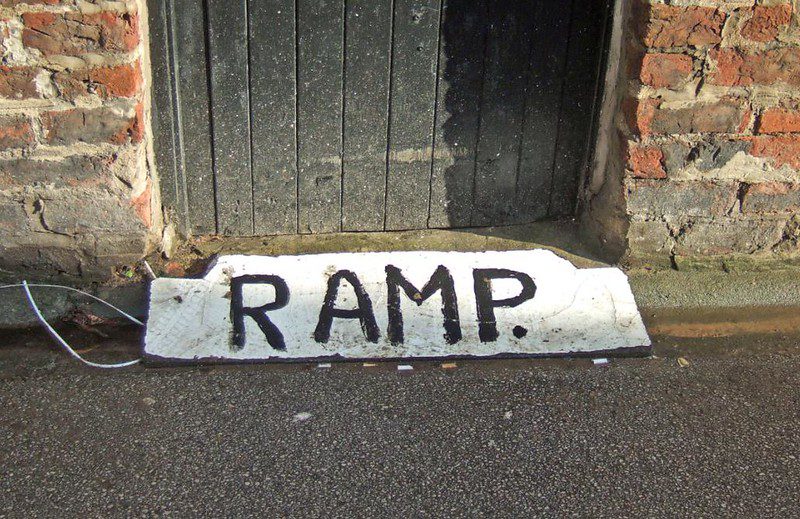
First, on June 25, the U.S. Supreme Court held that if a housing policy seriously disadvantages one gender, racial, religious or ethnic group, families with children, or people with disabilities, that policy is illegal unless there is an important justification for the policy. That principle, known as “disparate impact,” has been integral to the Fair Housing Act’s protections for over four decades, but this was the High Court’s first time considering it.
Just a week later, the U.S. Department of Housing and Urban Development (HUD) issued new regulations ensuring that when a city or town accepts federal funds for community development, it must work to prevent discrimination and foster diverse communities. Localities must proactively connect all neighborhoods to networks of opportunity linked to where people live—like quality schools, good parks and recreation, jobs, and hospitals that help us all to make better lives for our families. The regulations also provide guidance, information, and a participatory role for municipalities, community members, and fair housing groups around the country.
These two actions are giant steps forward in our national pursuit of greater and more equal opportunity for all. Access to a safe and affordable home near quality schools, transportation, and jobs is essential to the American Dream and to our nation’s future. Everyone should have the opportunity to find the best housing for their family, and every child should have an equal opportunity, regardless of his or her zip code.
We’ve made great progress toward equal opportunity in our nation. But for too many people, housing options are still limited because of race, gender, religion, national origin, family status or disability. Unequal access to these opportunities undermines our prosperity and success as a nation, and it’s contrary to our values.
The need for strong fair housing protections was powerfully illustrated just last week, when a four-year investigation by the U.S. Department of Justice found that Los Angeles County housing officials, sheriff’s deputies, and local agencies had worked together to drive black residents out of Lancaster and Palmdale, California. DOJ and the local agencies settled a resulting lawsuit asserting that the localities had perpetrated a “targeted campaign of discriminatory enforcement” designed to discourage and exclude African Americans from living in the cities.
As the LA County settlement shows, the Supreme Court decision and new regulations must be backed up with rigorous enforcement and conscientious implementation. Together, government, communities, and fair housing groups can expand opportunity for all.
(Photo credit (modified): Denise Sebastien, via Flickr)





Comments